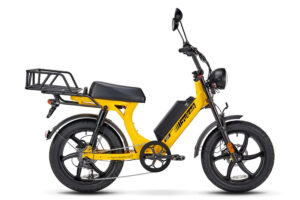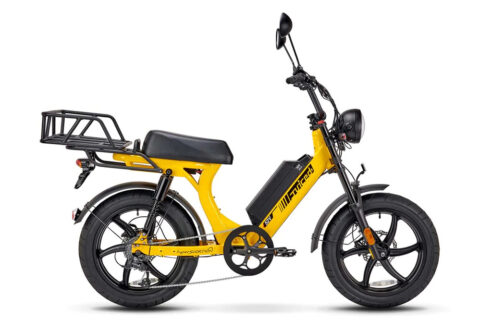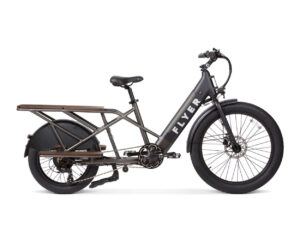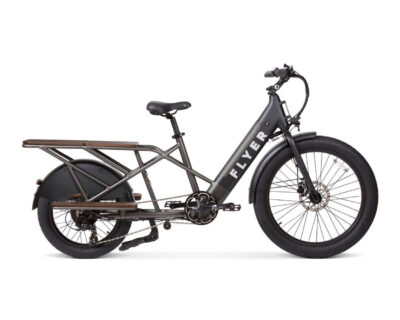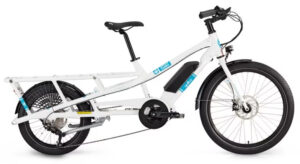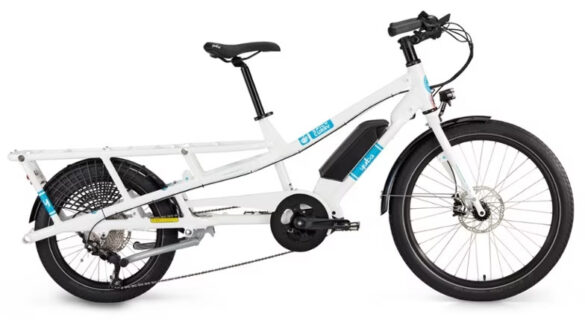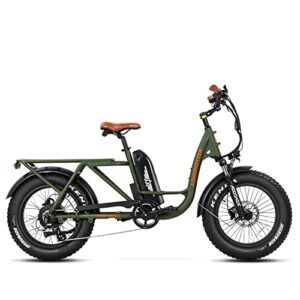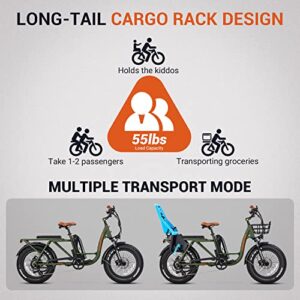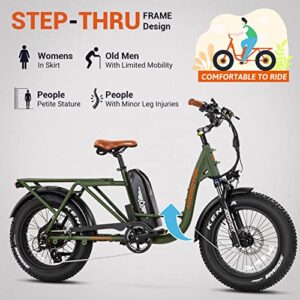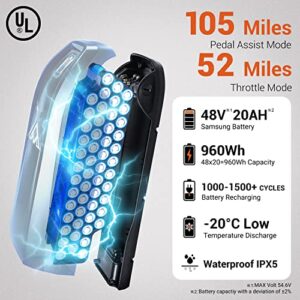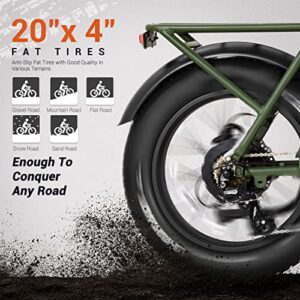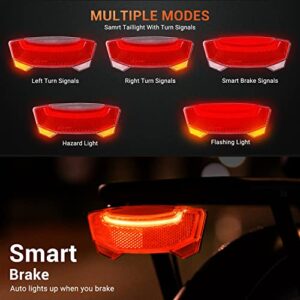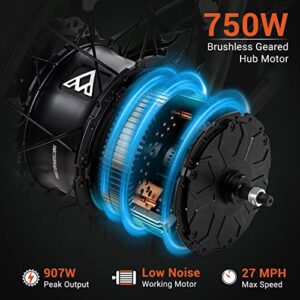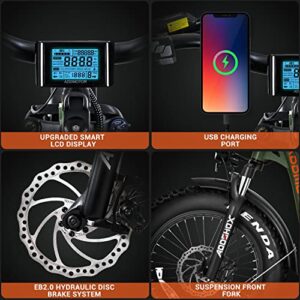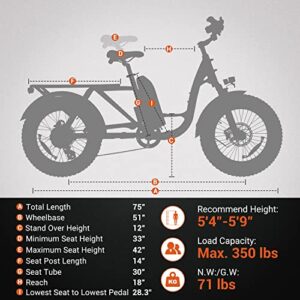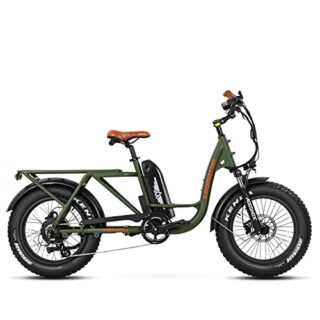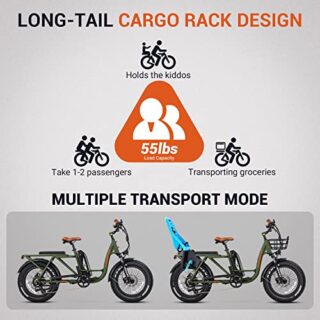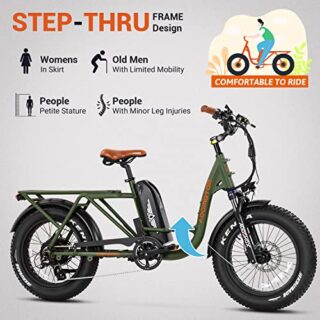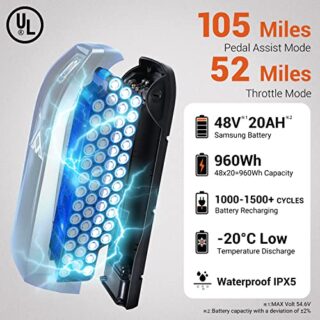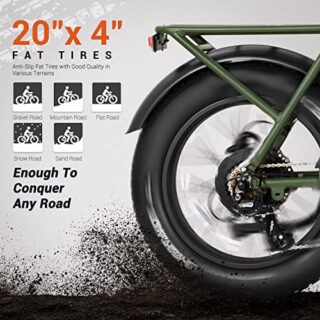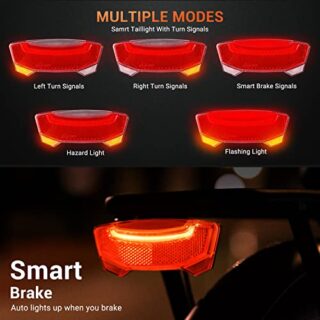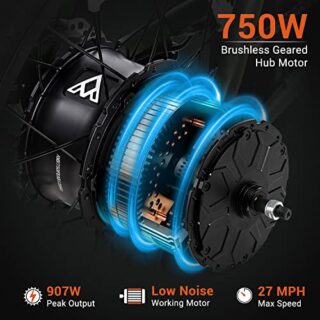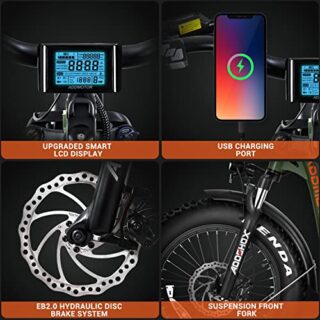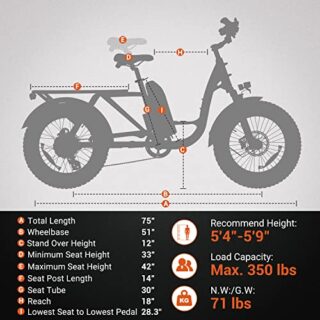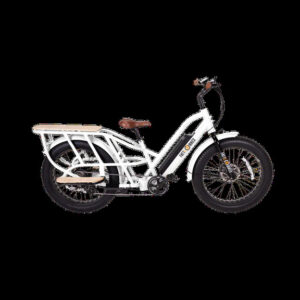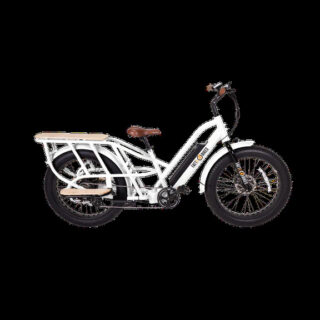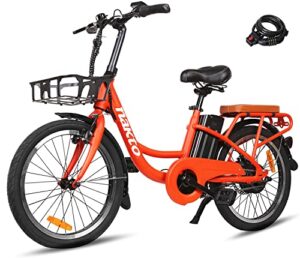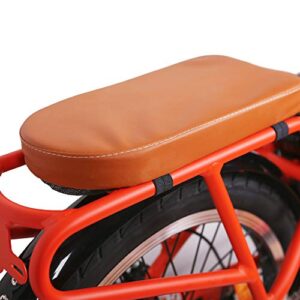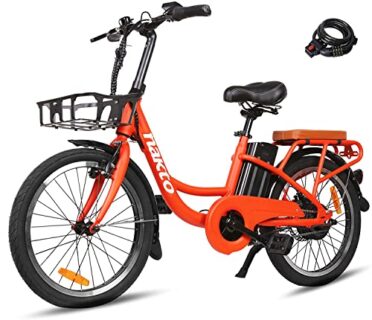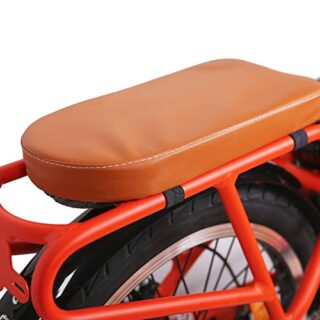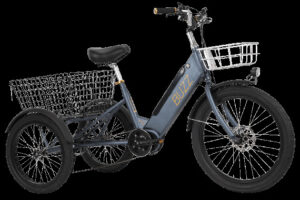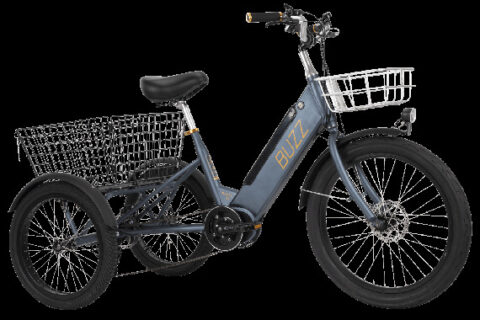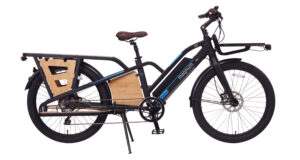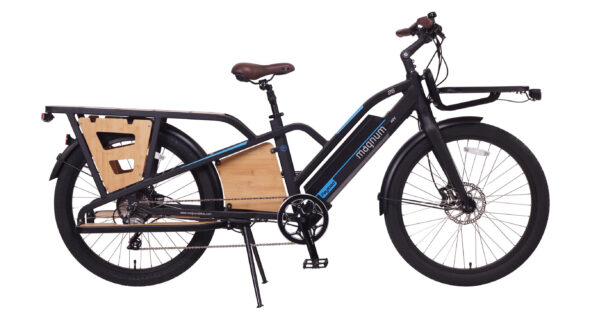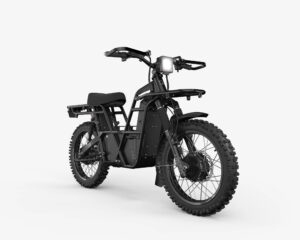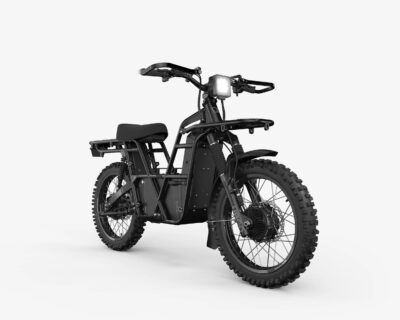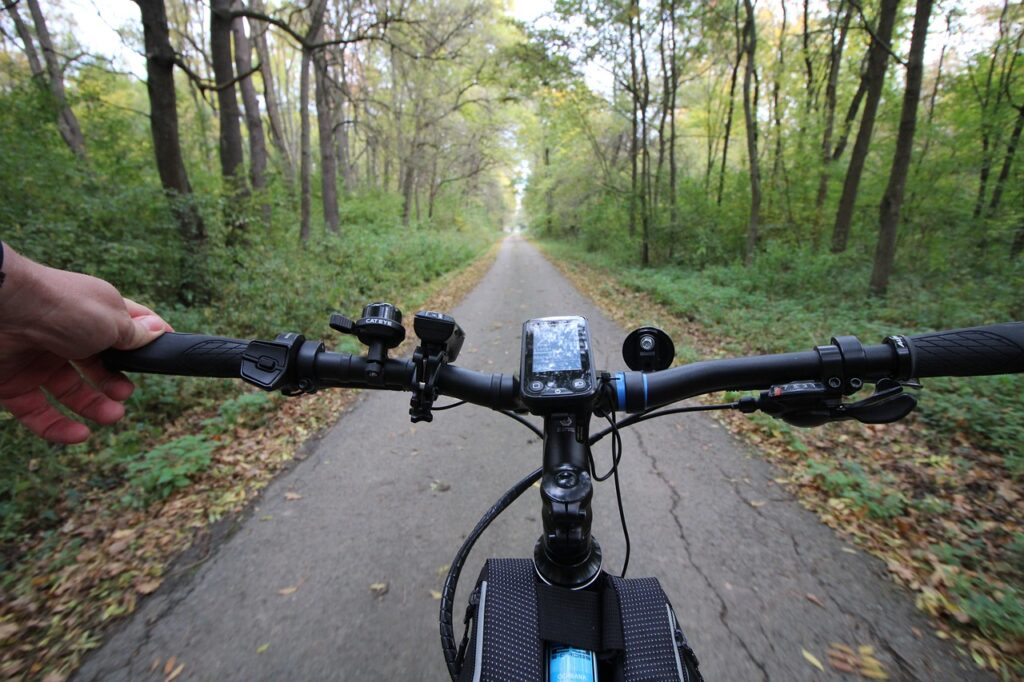Number of wheels
Electric cargo bikes come in different chassis designs, including two-wheeled, three-wheeled, and four-wheeled options. Two-wheeled cargo e-bikes are popular and offer a bike-like feel, either with a front-load bucket or a long tail for cargo mounting. Three-wheeled cargo e-bikes offer extra stability for heavy loads and make loading and unloading easier. Four-wheeled cargo e-bikes, designed for commercial use, provide the most stability and load capacity but are the least maneuverable. To determine the best option, it is recommended to test ride different models, which can be arranged at a nationwide store or by contacting the store beforehand.
Motor Types
Cargo e-bikes have two types of motors: frame-mounted mid-drive and hub drive. Frame-mounted motors are more common in cargo e-bikes to handle the increased loads, and batteries are often larger for more range and torque. The four main styles of cargo e-bike bodies include a frame-mounted mid-drive unit and a hub drive motor, which can be further explored in a regular e-bike buyer’s guide.
Frame Types
Longtail
The “long-tail” style of cargo e-bikes features an extended carrying frame above the rear wheel, offering more space for carrying your load due to the increased length and stronger frame compared to a pannier.
Front-Load
The front-load style of cargo e-bikes features a bucket, box or flatbed in front of the rider, providing flexibility with open and closed compartments. This type of cargo e-bike can come in two or three-wheeled styles and is preferred by some riders for the visibility of the load in front.
Rear-Load
A rear-load cargo e-bike has the load positioned behind the rider and usually comes in either a three or four-wheeled design for stability. It is capable of carrying heavy loads, up to 250kg.
Capacity
The cargo capacity of these bikes can vary, with some models capable of carrying up to 300kg or a volume of two cubic meters, equivalent to the space in a small hatchback’s trunk. This could mean carrying up to 50 packages for delivery.
Brakes
Cargo e-bikes typically use disc brakes, which offer superior performance in all weather conditions, particularly in wet conditions. This is because these bikes need to be able to effectively stop with the added weight of the cargo, making disc brakes a necessity.
Among disc brakes, hydraulic models are considered the most effective. Instead of relying on a mechanical cable to activate the brake calipers, hydraulic fluid is used to produce more power and control. This results in a more efficient braking system.
Kids
Cargo e-bikes are an excellent option for transporting children, whether it’s for school, a playdate, or a family outing to a park. The secure seat belts and child seats ensure your kids are held safely and securely, and many parents find it easier than trying to get them into a car.
Typically, cargo e-bikes can accommodate children up to the age of 13, and many can be fitted with an adapter to accommodate a safe and secure baby carrier.









